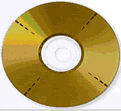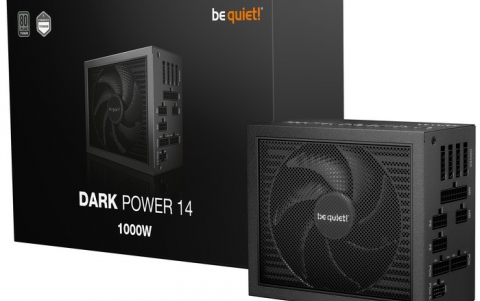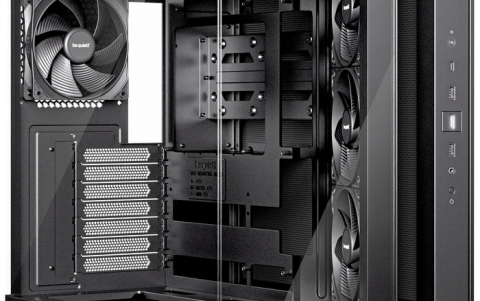TDK 1616N
3. CD Error Correction Tests
Review Pages
2. Transfer Rate Reading Tests
3. CD Error Correction Tests
4. DVD Error Correction Tests
5. Protected Disc Tests
6. DAE Tests
7. Protected AudioCDs
8. CD Recording Tests
9. Writing Quality Tests - 3T Jitter Tests
10. Writing Quality Tests - C1 / C2 Error Measurements
11. DVD Recording Tests
12. KProbe/PlexTools Scans - Page 1
13. KProbe/PlexTools Scans - Page 2
14. KProbe/PlexTools Scans - Page 3
15. KProbe/PlexTools Scans - Page 4
16. KProbe/PlexTools Scans - Page 5
17. KProbe/PlexTools Scans - Page 6
18. KProbe/PlexTools Scans - Page 7
19. DVD+R DL - Page 1
20. DVD+R DL - Page 2
21. BookType Setting
22. Conclusion
TDK 1616N Recorder - Page 3
CD Error Correction Tests
In the following tests we check the drive's behavior when reading scratched / defective audio discs. The test discs used were the ABEX series from ALMEDIO.
- ABEX TCD-721R


|
Errors
total
|
Num:
1367028
|
||
|
Errors
(Loudness) dB(A)
|
Num: 134807 | Avg: -79.2 dB(A) | Max: -18.6 dB(A) |
|
Error
Muting Samples
|
Num: 4939 | Avg: 1.1 Samples | Max: 7 Samples |
|
Skips
Samples
|
Num: 23 | Avg: 6.0 Samples | Max: 6 Samples |
Total Test Result |
65.4 points (out of 100.0 maximum) |
||
|
C2 Accuracy |
99.0 % |
||
The total error count was about average, and the maximum error loudness level was high at -18.6dB. There were 23 skipped samples which is a little high, while the drive achieved a total score of 65.4. In general, the drive showed average performance with this test disc.
- ABEX TCD-726


|
Errors total
|
Num:
21991
|
||
|
Errors (Loudness) dB(A)
|
Num: 7339 | Avg: -83.2 dB(A) | Max: -14.5 dB(A) |
|
Error Muting Samples
|
Num: 133 | Avg: 27.9 Samples | Max: 575 Samples |
|
Skips Samples
|
Num: 2 | Avg: 6.0 Samples | Max: 6 Samples |
Total Test Result |
73.5 points (out of 100.0 maximum) |
||
C2 Accuracy |
81.9 % |
||
The Abex TCD-726 test disc is much easier for drives in general to read. Most drives manage to compile a score in the 90s with the better drives managing 100. So it was somewhat surprising to see the drive managing only 73.5. A good reader should produce better results than these.
- CD-Check Audio Test Disc
 The CD-Check Test Disc is a very useful tool for evaluating the Sound Reproduction
/ Error correction capabilities of a CD player. The disc offers a signal combination
with disc error patterns to rate the drive's abilities to read music and reproduce
it completely. Five tracks on the disc contain a sequence of progressively
more difficult tests. These tracks are referred to as Check Level-1 through
Check Level-5.
The CD-Check Test Disc is a very useful tool for evaluating the Sound Reproduction
/ Error correction capabilities of a CD player. The disc offers a signal combination
with disc error patterns to rate the drive's abilities to read music and reproduce
it completely. Five tracks on the disc contain a sequence of progressively
more difficult tests. These tracks are referred to as Check Level-1 through
Check Level-5.
The tracks are being reproduced through a software multimedia player (i.e. Windows Media Player). Each level is considered as passed, if the tone is smooth, continuous without interruptions, skipping or looping. The higher the Check Level passed, the more reliable the sound reproduction of the tested drive.
|
Error Level
|
1
|
2
|
3
|
4
|
5
|
|
TDK 1616N
|
5/5
|
5/5
|
3/5
|
0/5
|
0/5
|
The drive successfully passed only the first two out of the five check levels for this test. Here too, the drive turned in a poor performance. Almost all drives have difficulties reading the 5th level, and good quality drives can read 4th level. But most drives will pass at least the third level without any problem. The TDK 1616N reported similar performance as the 882N drive.
- Summary
Generally we can say that the CD error correction of the TDK 1616N is less than average, something that should be fixed in newer firmware releases.
Review Pages
2. Transfer Rate Reading Tests
3. CD Error Correction Tests
4. DVD Error Correction Tests
5. Protected Disc Tests
6. DAE Tests
7. Protected AudioCDs
8. CD Recording Tests
9. Writing Quality Tests - 3T Jitter Tests
10. Writing Quality Tests - C1 / C2 Error Measurements
11. DVD Recording Tests
12. KProbe/PlexTools Scans - Page 1
13. KProbe/PlexTools Scans - Page 2
14. KProbe/PlexTools Scans - Page 3
15. KProbe/PlexTools Scans - Page 4
16. KProbe/PlexTools Scans - Page 5
17. KProbe/PlexTools Scans - Page 6
18. KProbe/PlexTools Scans - Page 7
19. DVD+R DL - Page 1
20. DVD+R DL - Page 2
21. BookType Setting
22. Conclusion





















